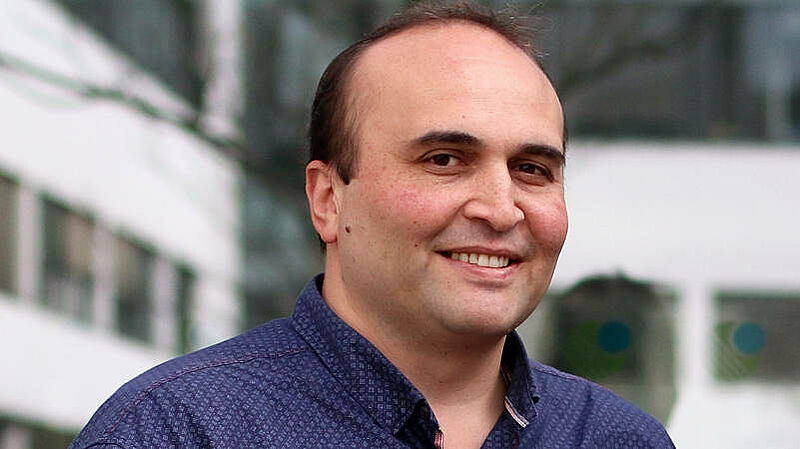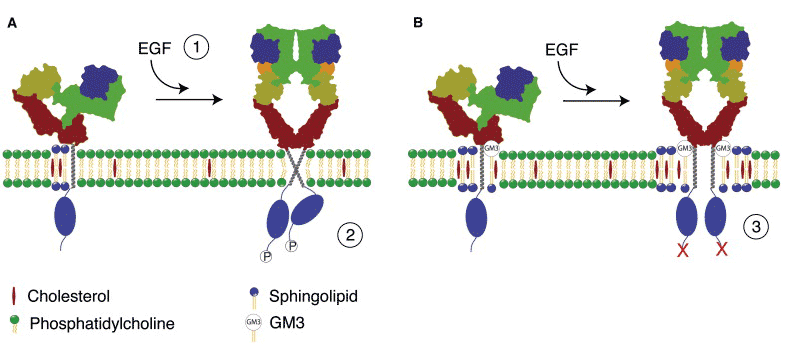Ünal Coskun Group
Membrane Biochemistry of Cell Signaling

I received my PhD degree working on the structural and functional characterization of ATP synthases and vacuolar ATPases. Working at the interface of structural biology, biochemistry and biophysics constituted fantastic training for my future forays into interdisciplinary research. During this work on membrane-embedded enzymes, I developed a strong interest in the bioactive potential of lipids on membrane protein regulation. The starting point of my new interest were two fundamental questions: Why do eukaryotic organisms invest that much energy into synthetizing a dazzling array of lipids, when only one lipid is sufficient to form a functional membrane bilayer? And, if proteins and lipids have co-evolved, what are the consequences of specific protein-lipid interactions for protein regulation as well as membrane targeting of proteins?
Understanding the bioactivity of lipids on protein structure and function is an emerging field that is expected to make pivotal contributions to our understanding of important cell biological processes (Coskun and Simons, 2011, Structure). The overarching theme of my research group is “Membrane Biochemistry of Cell Signaling”. We challenge the mutual interdependence of lipid-protein interactions by an interdisciplinary approach, combining cell biology and synthetic biology as well as protein biochemistry, structure biology and biophysics. Our strong expertise allows us study lipid-protein interaction based phenomena at different scales, from the organ and cellular systems down to minimal synthetic systems in which we can control the proteins as well as the lipid, for instance to monitor the allosteric effects of specific lipids on fundamental receptors such as the EGF receptor (Coskun et al (2011) PNAS) and the insulin receptor.

Future Projects and Goals
Working at different scales also allows us to focus on understanding the pathology of diseases, such as diabetes, from the membrane biochemical point of view.
A key unanswered question in diabetes research is is how β-cells choose between proliferation and insulin secretory granule (ISG) production. Moreover it remains unclear how β-cells can generate a graded response to insulin or even remain sensitive to it, conceivably being exposed to far greater concentrations of the hormone than other cell types such as adipocytes or muscle cells. A part of the explanation might be the changes in plasma membrane lipid composition that accompany the secretion process and lead to changes in signaling properties of the receptors present at the plasma membrane (IGF-1R, IR). Could lipid changes in the plasma membrane of secretory β-cells may be responsible for modulating the cellular response to insulin exposure?
Methodological and Technical Expertise
- Protein Biochemistry
- Structure Biology (Single Particle EM, SAXS)
- Lipid Chemistry
- in vitro Reconstitution of Membrane Proteins
- Membrane Biophysics